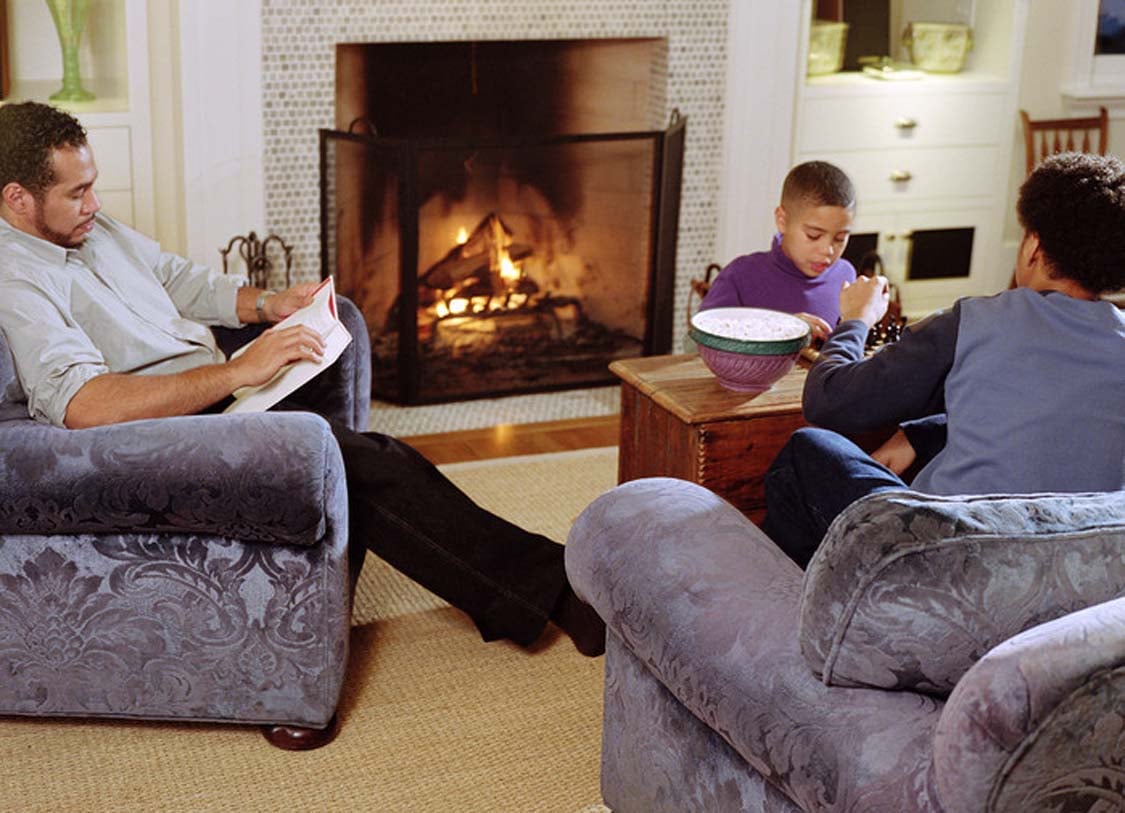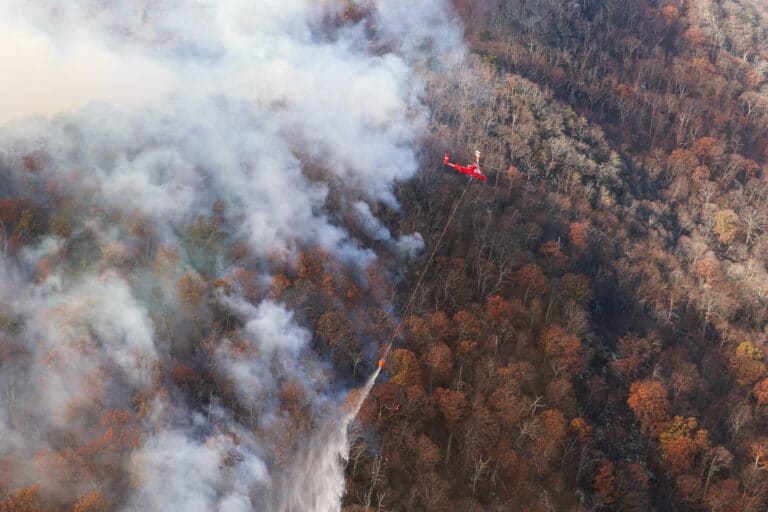Dear EarthTalk: It is starting to get colder and I’m eager to try out the fireplace in our new home, but we don’t want to create health or environmental problems. Are there materials that would be more eco-friendly to burn in a fireplace than regular firewood? — Emily Eidenier, Durham, NC
 Burning wood may be humanity’s oldest way of generating heat—and in the home it definitely creates a nice ambience. But it has its downside. According to the Massachusetts Department of Environmental Protection, wood smoke “contains toxic carbon monoxide, smog-causing nitrogen oxides, soot, fine particles, and a range of other chemicals and gases that can cause or worsen serious health problems, particularly among children, pregnant women, and people with breathing difficulties.”
Burning wood may be humanity’s oldest way of generating heat—and in the home it definitely creates a nice ambience. But it has its downside. According to the Massachusetts Department of Environmental Protection, wood smoke “contains toxic carbon monoxide, smog-causing nitrogen oxides, soot, fine particles, and a range of other chemicals and gases that can cause or worsen serious health problems, particularly among children, pregnant women, and people with breathing difficulties.”
The Children’s Health Environmental Coalition (CHEC) concurs, citing a raft of studies that show how children living in wood-burning households experience “higher rates of lung inflammation, breathing difficulties, pneumonia, and other respiratory diseases.” For its part, the U.S. Environmental Protection Agency warns that those with congestive heart failure, angina, chronic obstructive pulmonary disease, emphysema or asthma should avoid wood smoke if possible. Wood smoke is also bad for the outdoors environment, contributing to smog, acid rain and other problems.
One greener alternative to burning firewood in a fireplace is to burn wood pellets, which are made from sawdust and other lumber byproducts that would have otherwise been landfilled and gone to waste. These specially formulated tiny logs burn very efficiently and almost completely—largely because there is little moisture content—so there are fewer pollutants to escape into the air inside or out. You need a pellet stove to burn wood pellets, though, or a fireplace insert to handle them safely. (Such an insert employs an igniter to fire the pellets, a blower to fan the fire, and an augur that pours pellets into the flames. Together they obviate the need to open the stove doors—and let pollutants into your living room—to feed the fire.)
Another way to reduce emissions from an existing fireplace is to go for a gas insert, which would burn either liquid propane (from a swappable tank) or piped-in natural gas. These inserts draw in air to oxygenate the fire and channel smoke outside, either up the chimney or through a vent. CHEC warns, though, that hearth fires, even with an insert, cannot heat large spaces as efficiently as free-standing wood, pellet or gas stoves. Given, then that fireplaces are typically of more value for aesthetic purposes than heating efficiency, it might not be worth investing time and money into an insert. Using the primary heat source for your home (your furnace) and burning a candle or three in your fireplace might be the most efficient way to stay warm but still enjoy the ambience of live flames in your fireplace.
If none of these alternatives make sense for you, remember to get your fireplace checked regularly for backdrafts, leaks or cracks that could bring extra pollution into your home. Also, make sure to get a chimney sweep in every few years to make sure your chimney isn’t blocked up with creosote which could lead to increased indoor air pollution. And if you’re putting in a new fireplace—or an insert—make sure to get a qualified professional to do the work, as proper set-up could be the difference between sickness and health as you and your loved ones cozy up around the fire this holiday season.
CONTACTS: Massachusetts DEP, www.mass.gov/dep/; Children’s Health Environmental Coalition (CHEC), www.checnet.org.
GOT AN ENVIRONMENTAL QUESTION? Send it to: EarthTalk, c/o E/The Environmental Magazine, P.O. Box 5098, Westport, CT 06881; submit it at: www.emagazine.com/earthtalk/thisweek/, or e-mail: [email protected]. Read past columns at: www.emagazine.com/earthtalk/archives.php.








